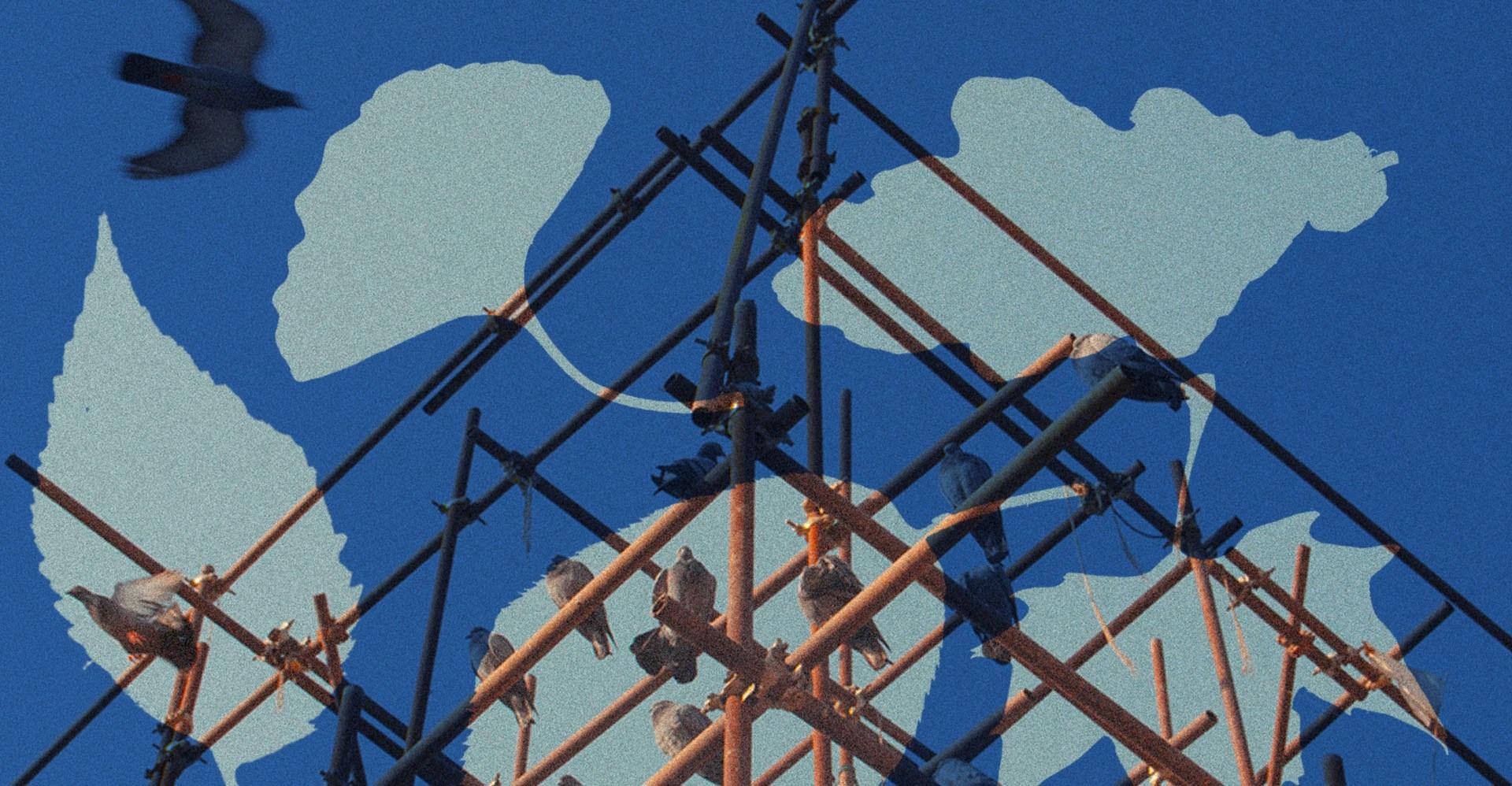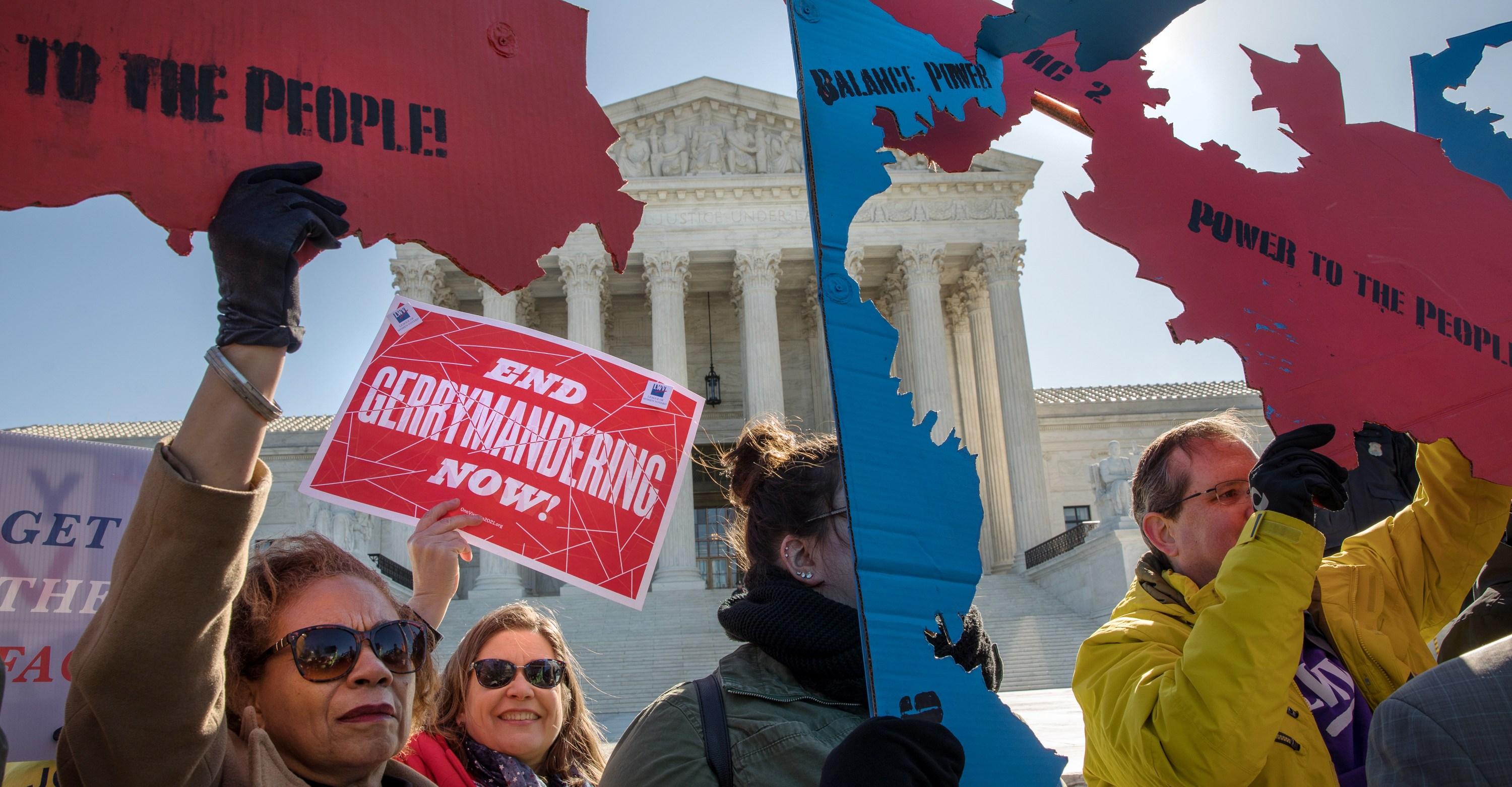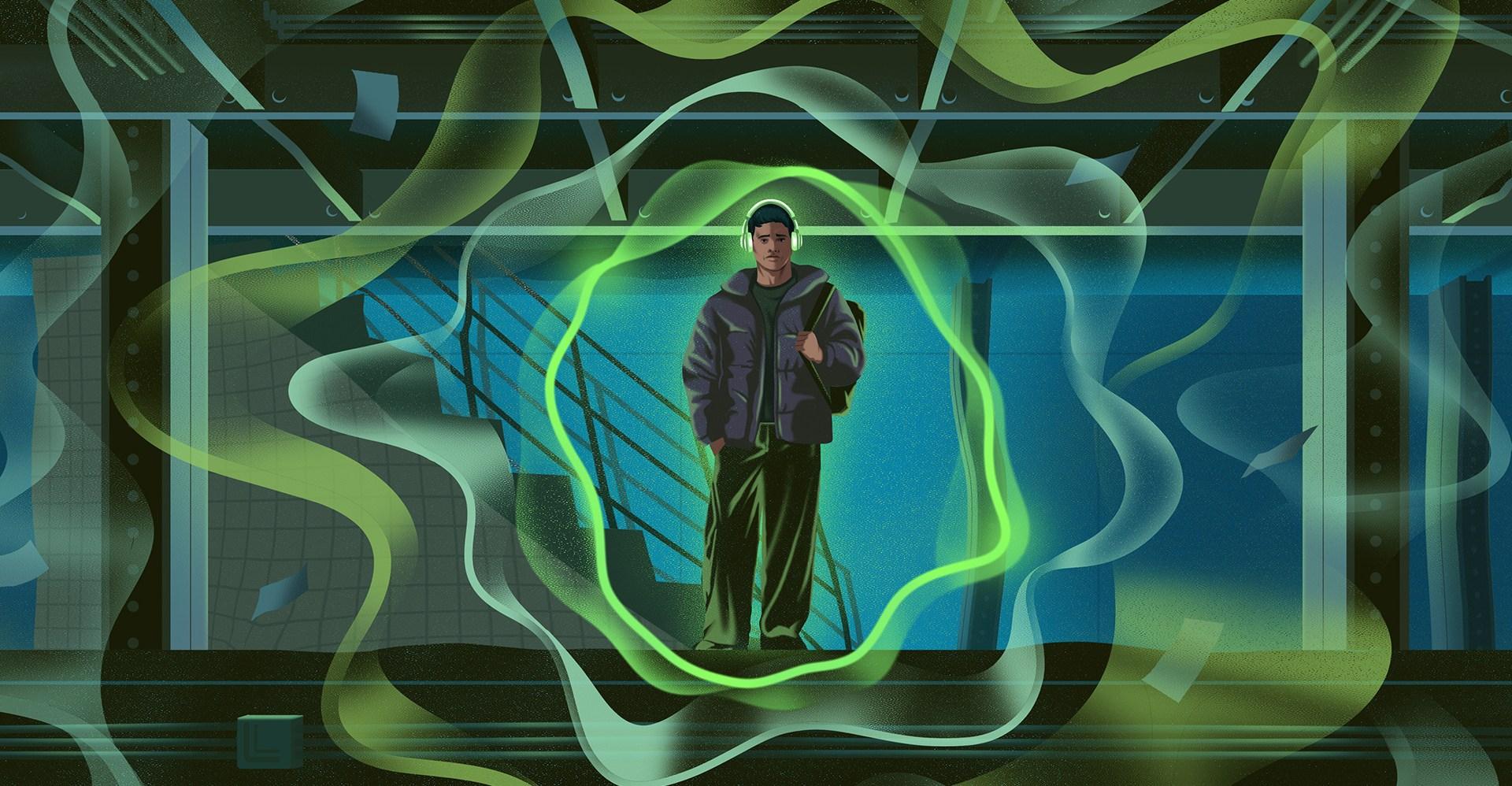Experienced your first earthquake? Here’s how to be safe and why you should take small quakes seriously.


A magnitude 4.8 earthquake rocked the East Coast midmorning on Friday, sending high rises swaying in New Jersey, New York, Pennsylvania, and Delaware.
Californians and other West Coasters may scoff at the alarm expressed by their East Coast counterparts from a seemingly small quake. But this tremor struck the most densely populated region of the US, rocking some of the oldest buildings in the country, and alarming people who often take it for granted that the earth doesn’t move very much. So it’s worth taking seriously.
Can’t believe I got it on camera lol #earthquake pic.twitter.com/OevQ5q30ZF
— jared (@jareddemel) April 5, 2024The East Coast is indeed much less geologically active than the Western US, with fewer active fault lines that cause major earthquakes. There are, however, frequent smaller tremors. The US Geological Survey notes that the eastern part of the country has experienced more than 400 earthquakes with a magnitude greater than 3.5 over the past 50 years. As recently as 2011, a magnitude 5.8 quake that struck Virginia caused shaking to be felt along the East Coast and some damage to buildings in Washington, DC.
:no_upscale()/cdn.vox-cdn.com/uploads/chorus_asset/file/25374954/2018nshm_longterm.jpg)
Why the East Coast quakes hit different than the ones out West
One distinction between earthquakes in the eastern and western US is the nature of the ground below. The rock beneath the eastern US is older and denser than the subsurface out west, so waves of shaking Earth travel further.
“In the Western US, the ground under us is warmer and it’s chopped up by faults and seismic waves get attenuated (filtered out),” said Robert de Groot, who leads public outreach for the US Geological Survey’s ShakeAlert earthquake early-warning system in the western US, in an email. “Think of the subsurface as a hall of mirrors and lenses. Waves get scattered, redirected, etc.”
As with any earthquake, there is a chance of aftershocks, though they are often weaker than the preceding quake.
The West Coast also has a long history of designing structures to tolerate earthquakes. Though tremors tend to be weaker in the East, over the years, states along the Atlantic coast have revised their building codes so homes, offices, stores, and warehouses can better withstand shaking.
But these new codes only apply to new buildings, and there are a lot of aging, historic structures that are still used today — especially in cities like New York. “Your community probably has many older structures that are not protected against earthquakes,” the Federal Emergency Management Agency (FEMA) writes on its website. “These existing buildings are the single biggest contributor to seismic risk in the United States today.”
What you should do when you feel an earthquake
While earthquake safety is old hat for people who grew up on the West Coast, many in the Northeast had no idea what to do when the ground started shaking. (Other than tweeting.)
The old advice of getting under a door frame right away no longer holds. “In modern houses, doorways are no stronger than any other part of the house, and the doorway does not protect you from the most likely source of injury: falling or flying objects,” according to the University of Washington’s emergency preparedness department. “You also may not be able to brace yourself in the door during strong shaking. You are safer under a table.”
There is instead a new mantra: “The best advice is Drop, Cover, and Hold On if you feel shaking,” said de Groot. What that means is get to your hands and knees, cover your head and neck with an arm while you get under a table or desk, and hold onto a piece of furniture. Avoid exterior walls, windows, and hanging objects. Don’t get in an elevator, take the stairs, or try to run out of the building.
If you’re in bed, stay there. Lie face down, and cover your head and neck with a pillow. If you’re outdoors, move to an open space away from buildings. If you’re driving, pull over and set the parking brake, avoiding overpasses, trees, and power lines. Earthquakes are surprising and they can be dangerous and destructive, but with proper precautions, they don’t have to be deadly.
Partly cloudy conditions expected in Northern, Southern regions
- 5 hours ago
Nine terrorists neutralised in Khyber Pakhtunkhwa: ISPR
- 5 hours ago
Pakistan legend Wasim Akram hails ‘incredible’ Starc after Ashes heroics
- an hour ago
PM Shehbaz vows for relentless, united efforts for country's progress
- 5 hours ago

Gold prices plunge in Pakistan, global markets
- 5 hours ago
Australia 450-8, lead by 116 runs in second Ashes test
- 5 hours ago
Binance leadership holds high-level meetings in Islamabad
- 33 minutes ago
Pakistan, US agree to intensify cooperation on security matters
- 41 minutes ago
Allende outshines Messi as Miami book spot vs. Vancouver
- 16 hours ago
Pakistan, ADB sign three significant projects
- a day ago
Seven tonnes of daily waste to become clean fuel for Karachi families
- 3 hours ago
Australia hits Afghan Taliban officials with sanctions, travel bans
- 5 hours ago











